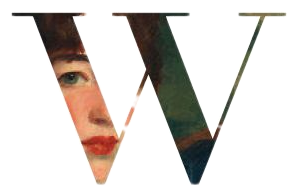The first steps taken toward the creation of the Whitney Museum of American Art began in 1907 after Gertrude Vanderbilt Whitney set up a studio in MacDougal Alley in Greenwich Village.
Throughout her life, Gertrude worked to support other artists. In addition to basic accommodations, she provided housing, gallery space, and stipends for living expenses or travel abroad for rising American Artists looking to pursue their work. Later, she also created the Friends of Young Artists in 1915 and the Whitney Studio Club in 1918.
Located in a building adjacent to her studio in Greenwich Village, the Whitney Studio Club provided opportunities for artists to build a community, hone their skills, and exhibit their work. The first exhibition of American folk art ever held in the United States took place at the Whitney Studio Club in February 1924. As a promoter and collector of American art, Whitney’s friend and partner Juliana Force was one of the key influencers of the event.
Since the opening of the Whitney Museum of American Art in 1931, the museum has moved to 4 different buildings throughout the New York area. For a period of time after Gertrude’s death, her daughter Flora Payne Whitney and Juliana Force both struggled over the future of the Whitney Museum. Flora along with the rest of her family agonized over the museum, considering the option to close and merge with the Metropolitan Museum of Art. It was not until 1948 that Juliana decided to take over the institution herself in order to ensure Gertrude’s original vision was preserved. The Whitney Museum of American Art is currently located at 99 Gansevoort Street.
